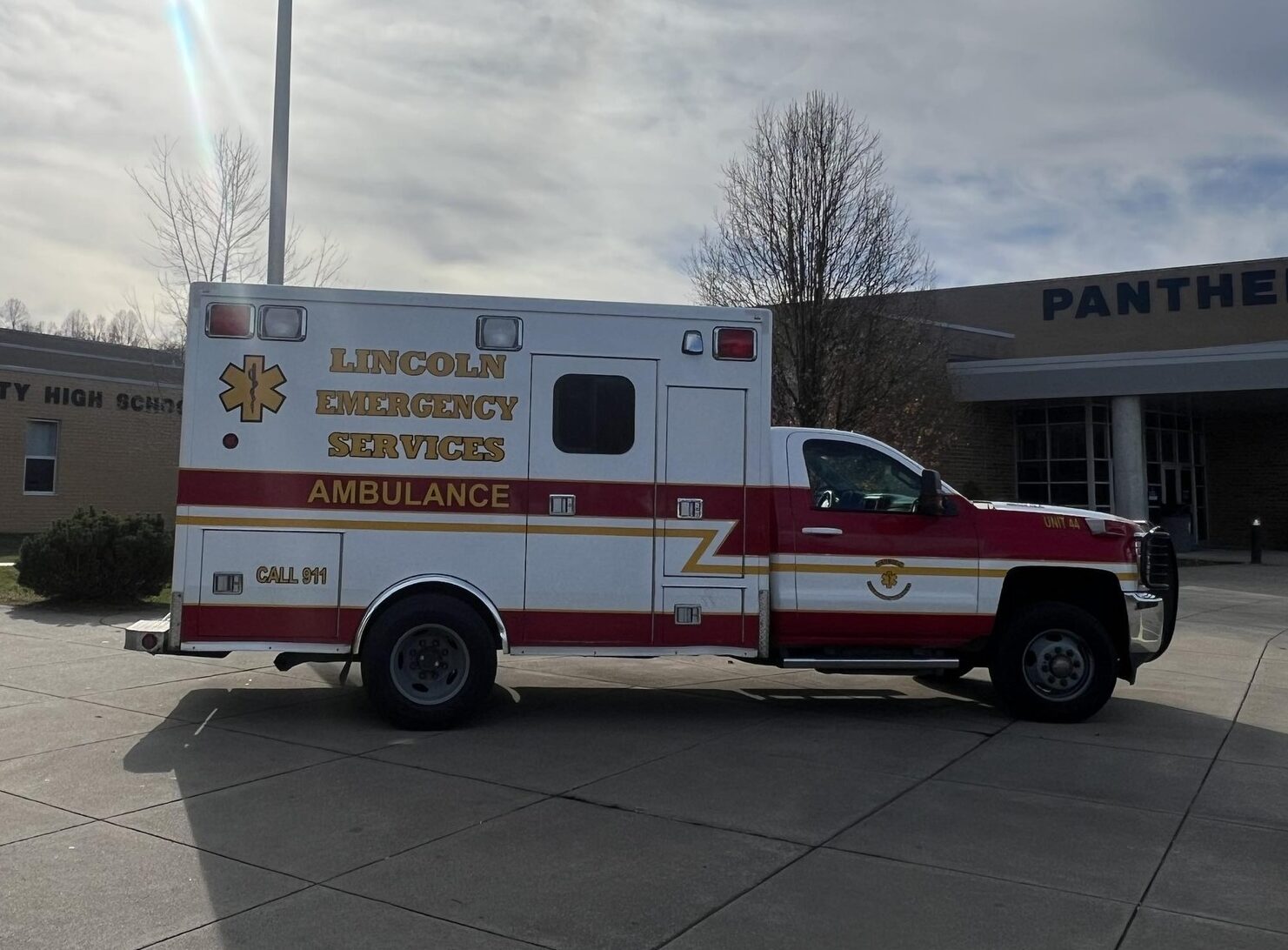The West Virginia EMS Coalition, a group representing the interests of the emergency medical services (EMS) community in West Virginia, has outlined its policy goals for the 2024 West Virginia Legislative Session. This post will explore one of their major recommendations: using state funding to purchase ambulances for local organizations.
West Virginia is currently the only state among its neighbors that does not provide funding for local EMS providers at the state level. You can check out some additional background information from my previous work.
State Funding for Ambulance Purchases
“The West Virginia EMS Coalition proposes the state establish a grant program, similar to those that existed in 1970s and 1980s, to supply the minimal number of ambulances recomended by the Office of EMS to each county.”
WV EMS Coalition Policy Recommendations 2024, Page 4
According to data cited by WV EMS Coalition, 244 ambulances are needed statewide to “ensure adequate emergency response…on a 24/7 basis.”
The Coalition discusses the challenge of “readiness costs,” in their report, which are essentially expenses associated with maintaining the readiness and operational capabilities of EMS agencies. Call volumes in the state’s most rural communities present a financial dilemma. There is still a need for emergency medical services, but revenues generated from low call volumes make funding and meeting this operational need challenging. I’ve previously written “overhead costs exceed revenues generated from patient billing and/or fundraising,” and I think that’s an accurate way to describe it.
The Coalition provides extensive analysis and goals in their report, but to summarize their proposal:
- The state would fund 50 ambulances per year, with $15 million budgeted annually
- Ambulances would be given to counties on a rotating basis
- Local EMS organizations would be responsible for insurance, maintenance, and other ongoing costs
- After five years, the ambulance will become the property of the assigned organization (if its operations cease within five years, the ambulance will be reassigned to another organization within the same county)
- Volunteer and rural agencies would receive priority, but every county would receive at least one ambulance in the first two years of the program
The group also argues purchasing ambulances, rather than providing money, would decrease the need for extensive audits and help ensure the public knows where their money is going.
